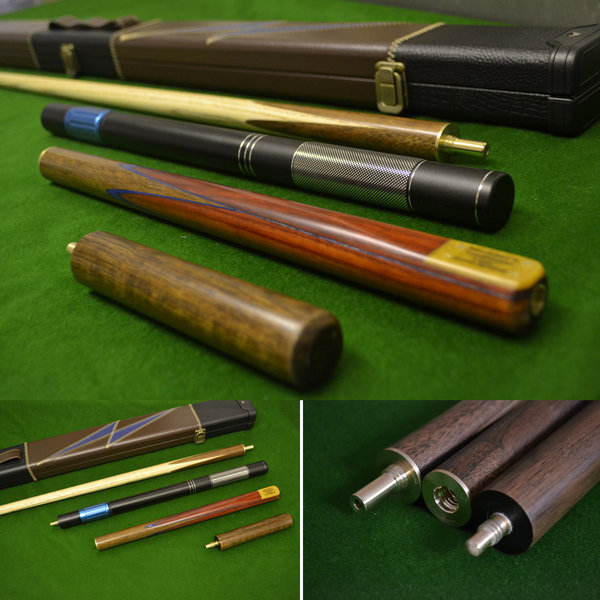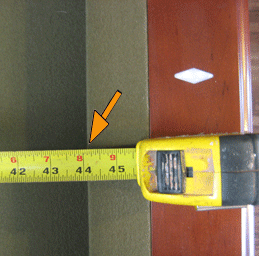
Billiards is a skill based game that requires players to hit the cue ball at a particular angle. This allows the cue to move at a specific speed and adds a spin to it. However, a lot of players shoot their shots haphazardly without any regard for the angle. If you're a beginner, you can take some time to learn about the different positions you can hit the cue ball in order to get a clear idea of where you should be hitting it.
It is essential to have a firm grasp on the game. Spending the time to practice each option and how they impact your play will save you money. Learning how to properly use each angle can help you become more confident and skilled in shooting the future.

A notepad and a pen are the best tools to help you determine your angles. Each time you hit the cueball, think about the implications for the rest. Also, you should have a general plan of action for each shot. To draw back the cueball, for example, it is best to hit the ball just above its center. It won't do any good if it doesn't get followed through.
You can also play a few games to get an idea of how the cue ball feels. Online pool is another option. You can use the web version of the game to place the cue ball and tap it with the left mouse button. Once you are comfortable with the game, you can play real pool.
It is difficult to achieve the correct cue ball angle. It takes some trial and errors, but it is possible. Be patient and take your time when hitting the ball. Also, be sure to follow through with your shot. If you do not, chances of getting a good shot are slim.
Here are some things you should consider when hitting the cue balls. Although there is no magic number, you should aim for the areas where the most interference is minimal. To get the best result, you must use the correct English.

A tangent line refers to a line the cue ball follows after impact. A good tangent line should start from the center of the cue ball and run perpendicular to the direction it is moving. If the cueball is rolling, having a tangent lines will be very helpful. You can also use the speed of your ball to determine the direction of your tangent line.